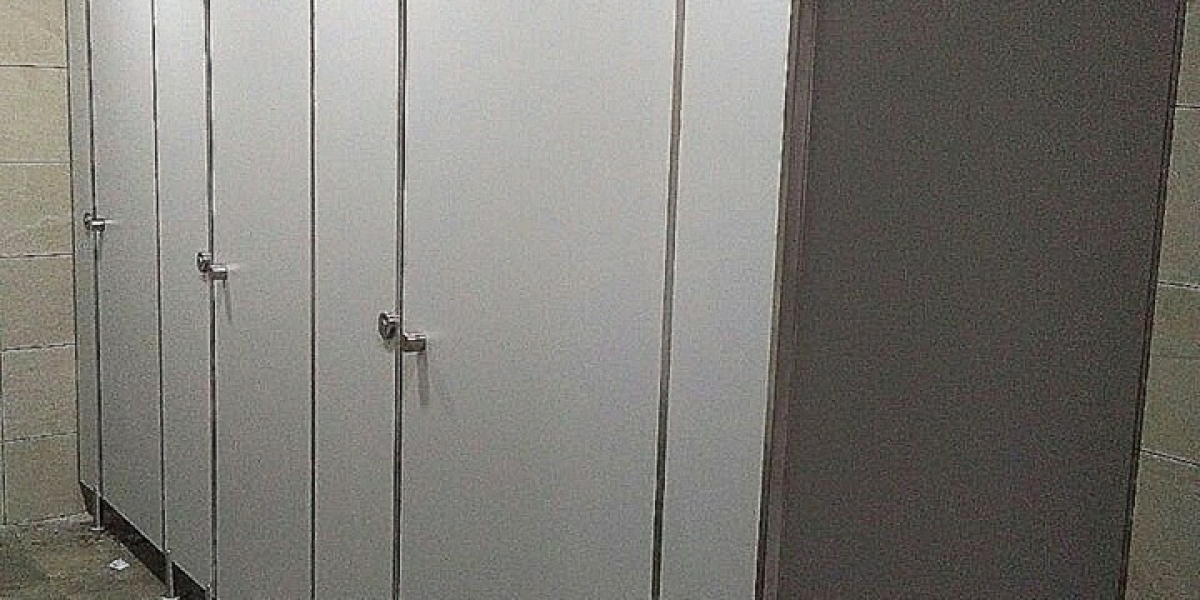The Unspoken Story Behind Toilet Partitions: Beyond the Stall
When it comes to public restrooms, there's a silent hero that often goes unnoticed—the toilet partition. These sturdy dividers serve a crucial role in providing privacy and comfort in what can otherwise be an awkward and vulnerable situation.
A Brief History
To understand the significance of toilet partitions, it's essential to delve into their history. The concept of dividing toilet spaces for privacy dates back centuries. Ancient civilizations, such as the Romans and Greeks, implemented rudimentary forms of privacy screens in their communal latrines.
Evolution of Design
Over time, toilet partitions evolved both in design and materials. Manufacturers began experimenting with various materials such as stainless steel, plastic laminate, and phenolic resin. Each material offered distinct advantages in terms of durability, hygiene, and aesthetics.
Beyond Privacy : Accessibility and Inclusivity
While privacy remains a primary concern, modern toilet partitions also prioritize accessibility and inclusivity. Design features such as wider doorways, lower-mounted fixtures, and braille signage ensure that restrooms are accessible to individuals of all abilities.
The Environmental Impact
In an era increasingly focused on sustainability, the environmental impact of toilet partitions cannot be overlooked. Manufacturers are now prioritizing eco-friendly materials and production processes, such as using recycled materials and reducing water and energy consumption during manufacturing.









